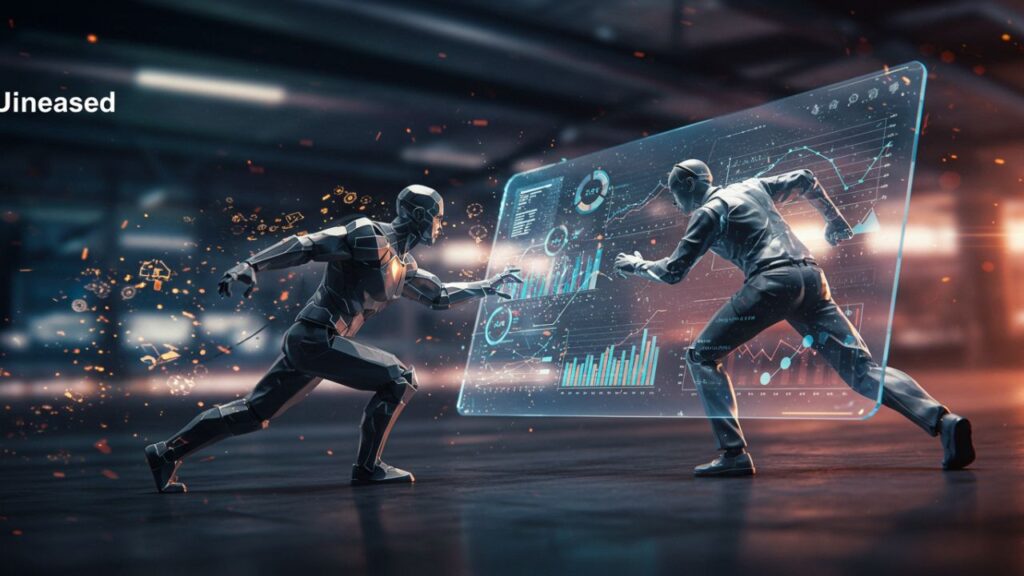In a world that values doing more in less time, duaction stands out as a smart productivity and learning framework. Rather than balancing competing priorities, duaction combines complementary tasks or modes of engagement, enabling you to learn and act effectively while maintaining quality. Whether applied in education, the workplace, or personal routines, duaction transforms how we leverage time and resources.
What is duaction? A Clear Definition
Derived from “dual” and “action”, duaction refers to performing two compatible actions simultaneously in a smart, intentional way. This is more than basic multitasking—duaction demands thoughtful pairing of activities, like learning a language while jogging, ensuring each facet complements the other rather than competes.
The Roots of duaction: Theory to Practice
Historical and Philosophical Foundations
Duaction builds on experiential learning theories from thinkers like John Dewey and David Kolb—believing that real mastery combines action with mindful reflection. Philosophically, it taps into dualism and mindfulness, calling for consciousness of both intent and impact.
Cognitive and Educational Science
Research shows that active learning—where learners engage rather than passively receive information—improves both retention and comprehension. Duaction builds on this by adding a reflective loop, ensuring each action is followed by thoughtful review and adaptation.
Core Principles of duaction
Duaction stands on four essential pillars that drive its effectiveness:
1. Action + Reflection
Every cycle involves doing, followed by intentional capture of insights and improvements.
2. Intentional Duality
The selected tasks should complement, not distract—such as combining a physical workout with passive audio-based learning.
3. Feedback Loop
Immediate feedback—whether from self-assessment or shared review—is vital for refining future actions.
4. Self-Directed Growth
Duaction nurtures autonomy—people manage their own du-fusion, choosing what actions to pair and when.
Together, these pillars make duaction a powerful, flexible model for continuous improvement.
duaction in Learning & Education
Active Learning with Reflection
In classrooms, duaction means hands-on activities followed by intentional review or discussion—integrating learning through doing with meaningful reflection.
Boosting Engagement and Retention
Students engaged in interactive science labs, role-play, or group projects demonstrate deeper comprehension and long-term knowledge retention.
Expanding Learning Styles
By pairing kinesthetic and cognitive tasks, duaction caters to different learning preferences—visual, auditory, and tactile.
Implementing even brief duaction exercises—such as simulations followed by group debrief—can transform a classroom’s dynamism.
duaction in Professional Training
Hands-On Workshops + Reflection
Employee training becomes more powerful when trainees immediately reflect on workshop activities—boosting real-world application and retention.
Simulations + Coaching
In sales, leadership, or crisis-management training, simulations with built-in feedback help learners iterate and improve faster.
Personal Development via duaction
Goal-Oriented Reflection
Whether exercising or preparing presentations, linking each session with a reflection allows you to measure progress and adjust focus.
Mindfulness Through Action
Even routine tasks—like gardening—become meditative when done with awareness of breath, mind, and environment.
Applying a brief du-action review at day’s end helps you stay aligned with personal values and intention.
duaction for Creativity & Problem-Solving
Brainstorm + Prototype
Creative professionals often use du-action to ideate and build simultaneously—rapidly generating physical prototypes and learning from immediate feedback.
Collaborative Dual Work
When teams pair a creative task (e.g., art planning) with reflection and redesign, curiosity and innovation thrive.
Challenges and Solutions
Though powerful, duaction can face obstacles:
1. Time Pressures
Allocating time for reflection and paired tasks may feel heavy under a packed schedule.
Solution: Start with micro-du-actions—short reflection breaks built into workflows.
2. Resource Limitations
Schools or businesses may lack time, space, or trainers.
Solution: Leverage digital tools or peer-led du-action—collaborative reflection can share the load.
3. Difficulty Measuring Impact
Since outcomes are often qualitative, assessment can feel fuzzy.
Solution: Use structured journals or peer feedback to capture insight and growth over time.
4. Mindset Shift Needed
Traditional systems reward linear task completion; du-action demands conscious dual engagement.
Solution: Offer training and role-modeling—leaders applying du-action encourage others to follow.
Real-World Examples of duaction Success
-
Education: Classrooms where students perform experiments then discuss insights see improved test scores and confidence.
-
Professional Training: Corporate workshops coupling simulations with real-time feedback improve retention and application.
-
Lifestyle: Podcasts while walking or learning cooking tasks increase knowledge uptake and well-being.
These case studies highlight du-action’s adaptability across contexts.
How to Start Implementing duaction
-
Identify complementary playmates: Choose pairs like exercise + learning, discussion + prototyping.
-
Define feedback loops: Use journals, peer review, or self-assessment to reflect.
-
Schedule paired sessions: Build them into your daily routine or training sessions.
-
Keep it simple: Begin with low-risk, one-hour experiments.
-
Scale gradually: Expand successful du-action iterations to larger teams or longer periods.
duaction in the Future Landscape
With AI, VR, and online platforms, duaction stands to evolve further:
-
VR + Debrief: Simulations followed by feedback loops deepen immersion and learning.
-
AI Coaching: Real-time feedback will enhance adaptive du-action experiences.
-
Workplace Integration: Du-action informs new training models where doing and reviewing happen in parallel.
Conclusion
By fusing action with reflection, doing with thinking, intent with impact, du-action creates a rich, sustainable framework for productivity, learning, and personal growth. It challenges the false promise of mindless multitasking by offering quality, synergy, and deeper engagement. Whether you’re educating, training, or exploring, action helps you do smarter, not just more.






